Welcome to “15 Examples of Guerrilla Marketing” – your comprehensive guide to the most groundbreaking and innovative tactics. To fuel your marketing inspiration, we’ll explore successful case studies that have sparked conversations and sent brand recognition through the roof.
Throughout this journey, we’re set on:
- Unleashing Creativity: Showcasing ingenious examples that shatter traditional marketing norms.
- Expanding Boundaries: Demonstrating how businesses can engage audiences in unexpected, thrilling ways.
- Driving Results: Underscoring the significant returns of well-executed guerrilla marketing campaigns.
By leveraging Plerdy UX & SEO analysis, we’ve honed in on why these examples excel and how they pave the way for future trendsetters. As we delve into this diverse collection of marketing brilliance, prepare to experience fresh air that challenges your perspective, inspires your creativity, and reignites your passion for unconventional marketing strategies. Step into the wild side of marketing and see how the audacious spirit of guerrilla campaigns can redefine your brand’s narrative.
What is Guerrilla Marketing?
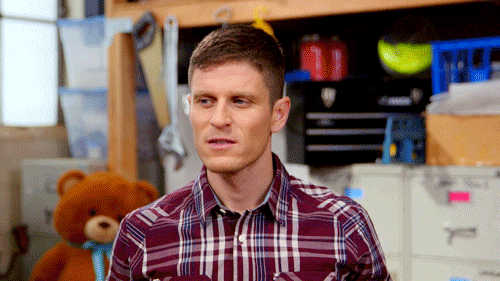
In innovative strategies, guerrilla marketing emerges as a creative powerhouse. It’s not about flashy billboards or multi-million-dollar TV spots – it’s about making an unforgettable impression on your audience, using surprise and unconventional tactics. Here’s a rundown of what it entails:
- Unconventional: The heart of guerrilla marketing lies in its unconventional approach. It shuns traditional advertising mediums, opting for street art, flash mobs, and interactive installations.
- Cost-Effective: This strategy thrives on low-budget creativity rather than deep pockets. It’s about making the most out of minimal resources.
- Audience Engagement: Guerrilla marketing creates interactive experiences and encourages direct engagement with the brand.
- Surprise Element: It thrives on the unexpected, aiming to catch people off guard and leave a lasting impression.
A classic example of guerrilla marketing is when Ikea decked out a subway with their home furnishings, turning a mundane commute into a cozy home experience. This campaign showcased the brand’s products in a real-life setting, making it relatable and engaging for everyday commuters. So, if you’re ready to step outside the box, guerrilla marketing could be your ticket to creating impactful, memorable campaigns that resonate with your audience.
Best Types of Guerilla Marketing Ideas
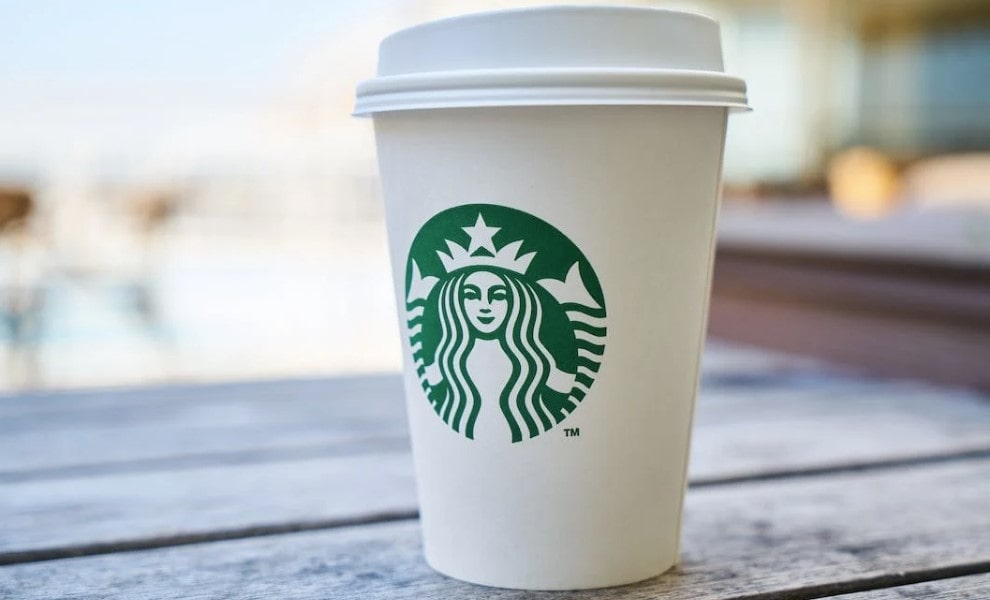
In the ever-evolving marketing landscape, guerrilla tactics offer a fresh, impactful avenue to grab attention and create memorable impressions. Here are some of the best types of guerrilla marketing ideas that have proven successful:
- Ambient Marketing involves placing ads in unusual, unexpected places, maximizing exposure. Think of KitKat’s clever park bench ad, which transformed ordinary seating into a giant replica of their candy bar.
- Experiential Marketing: This style aims to create immersive experiences directly involving the customer. For instance, Red Bull’s stratosphere jump-engaged audiences worldwide, showcasing the brand’s extreme energy persona.
- Viral Marketing: The goal is to create engaging content that people can’t help but share. A prime example is the “Dove Real Beauty Sketches” campaign, which sparked global conversations about beauty standards.
- Grassroots Marketing: This focuses on a small group of key influencers or a specific demographic, hoping they’ll spread the word. It’s personalized, local, and often community-focused.
- Stealth Marketing: This type subtly promotes the product without consumers realizing they’re being marketed to. An example is Sony Ericsson’s campaign, where actors asked passersby to take their photos, subtly showcasing the phone’s camera quality.
In essence, guerrilla marketing, with its surprise element and creativity, offers an exciting pathway for brands to connect with their audience in a non-traditional, more personal way.
Elements of a Guerilla Marketing Campaign
In guerrilla marketing, distinct elements merge to create campaigns that stand out. Here are a few key components that shape an effective guerrilla marketing strategy:
- Innovation and Creativity: Originality is the backbone of guerrilla marketing. The more unique your campaign, the more likely it is to grab attention. For instance, the Cadbury Gorilla Drummer campaign broke the mold, captivating audiences with a drumming gorilla and an iconic Phil Collins tune.
- Surprise and Unpredictability: The best guerrilla marketing campaigns have an element of surprise. They catch consumers off guard, like when Taco Bell famously announced they’d bought the Liberty Bell.
- Budget-Friendly: Guerrilla marketing thrives on minimal resources. It’s about making a big impact with a small budget, as demonstrated by the UNICEF dirty water campaign, which shocked New Yorkers with vending machines selling polluted water.
- Direct Interaction: Engaging directly with the audience is key. This could mean transforming public space like IKEA did when they furnished a subway car in Japan.
- Shareability: Guerrilla marketing creates memorable, shareable experiences to do the work for you.
In essence, guerrilla marketing is about breaking the rules, creating memorable moments, and connecting with audiences in unique, unexpected ways.
Big Brand Examples of Guerrilla Marketing
Diving into the “15 Examples of Guerrilla Marketing,” it’s clear that ingenuity takes the driver’s seat in these campaigns. Each example shows the power of unexpected, low-cost, high-impact guerrilla marketing, from covert street art to pop-up events. Ultimately, these innovative examples underscore the potential for out-of-the-box thinking to disrupt the market and capture public attention.
Coca-Cola
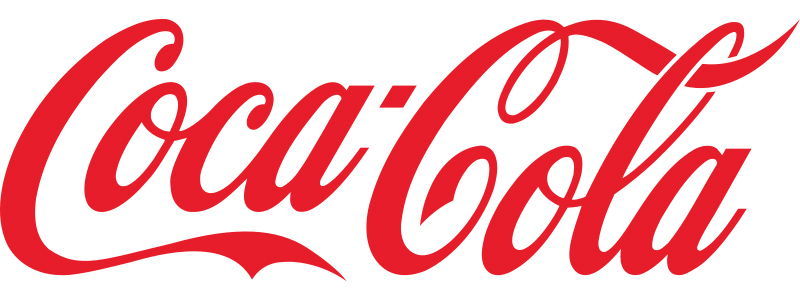
Coca-Cola, a globally recognized brand, has deployed powerful guerrilla marketing tactics to captivate audiences and reinforce its position in the marketplace. A standout example is the “Happiness Machine” campaign, where an ordinary Coke vending machine in a college campus transformed into a dispenser of joy – doling out surprises like balloons, pizzas, and even a 10-foot-long sub sandwich.
This campaign encompassed key aspects of effective guerrilla marketing:
- Surprise Factor: The Happiness Machine turned an everyday experience into an extraordinary event.
- Engagement: It encouraged active participation and interaction with the brand.
- Shareability: The delight and surprise experienced by participants made the campaign highly shareable, amplifying its reach.
In essence, Coca-Cola’s guerrilla marketing stunts – like the Happiness Machine – exemplify how unexpected, engaging experiences can create memorable brand interactions and foster positive consumer sentiments.
Nike
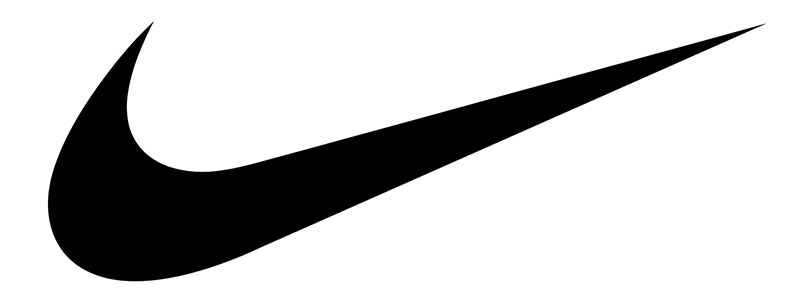
Nike, a global powerhouse in athletic wear, is known for making a splash with guerrilla marketing. A prime example is their “Write the Future” campaign during the 2010 World Cup. Giant murals of football stars were painted on city buildings, creating buzz and capturing attention.
The campaign was a masterclass in guerrilla marketing, featuring:
- Visibility: The murals were impossible to ignore, instantly drawing the eye.
- Engagement: Using beloved sports figures, Nike stirred emotions and engaged fans.
- Brand Association: The campaign linked Nike with the excitement of the World Cup, reinforcing its image as a top sports brand.
Through this daring approach, Nike showcased its products in the context of a major global event, making a significant impact. The “Write the Future” campaign is a testament to the power of guerrilla marketing – pushing boundaries, sparking conversations, and leaving a lasting imprint on the audience’s mind.
Red Bull
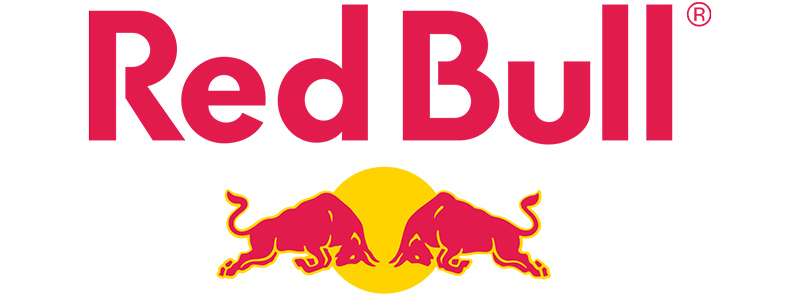
The energy drink giant Red Bull has consistently shown prowess in guerrilla marketing. Their most audacious stunt, the “Red Bull Stratos” campaign, saw Felix Baumgartner freefall from the edge of space – reaching speeds faster than sound and smashing world records.
This campaign epitomized guerrilla marketing, demonstrating:
- Audacity: The stunt was daring, capturing global attention.
- Brand Alignment: The event aligned perfectly with Red Bull’s brand message of pushing limits.
- Viral Potential: The spectacle was widely shared, exponentially increasing Red Bull’s visibility.
Red Bull’s clever use of guerrilla marketing underscores its brand as a market leader, known for boundary-pushing stunts that resonate with its adventurous target audience. The “Red Bull Stratos” campaign demonstrates how a well-executed guerrilla marketing campaign can catapult a brand into the global spotlight, creating a buzz that conventional advertising might struggle to achieve.
IKEA
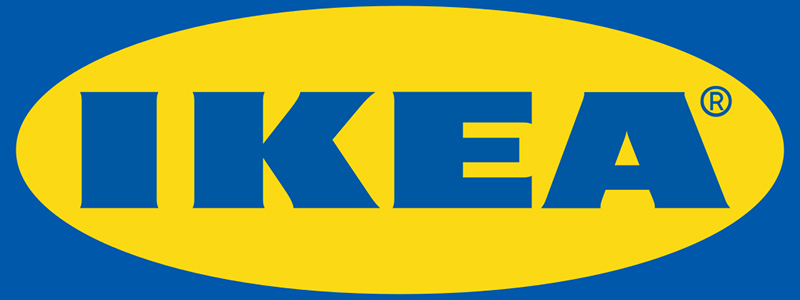
IKEA, the Swedish furniture titan, has employed guerrilla marketing to outstanding effect. One intriguing example is their “Everyday Fabulous” event in New York, where IKEA transformed ordinary city fixtures into functional, liveable spaces.
This campaign embodied the spirit of guerrilla marketing by:
- Surprising the Audience: Everyday objects were given a quirky, IKEA-style makeover, sparking curiosity.
- Engaging Public Spaces: IKEA brought its brand into the public sphere, making it a part of people’s daily lives.
- Showcasing Products: The event showcased IKEA’s practical, stylish solutions in a real-world context.
Through this innovative marketing strategy, IKEA demonstrated how their products can enhance everyday life, even in unexpected places. The “Everyday Fabulous” campaign is a shining example of how guerrilla marketing can help a brand stand out, engage the public, and vividly illustrate the brand’s value proposition.
McDonald’s
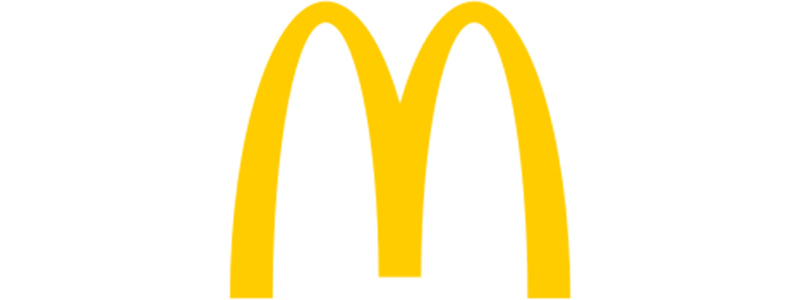
Regarding guerrilla marketing, McDonald’s has always been on the frontline. Take their “Follow the Arches” campaign as an example, where they simplified their iconic golden arches into a series of directional signs.
This campaign showed key aspects of guerrilla marketing:
- Minimalist Design: McDonald’s pointed the way to their restaurants using nothing but the arches.
- Brand Recognition: The golden arches are instantly recognizable, making the ads effective without text.
- Surprising Context: Seeing the arches in a new, unexpected context added an element of surprise and intrigue.
McDonald’s “Follow the Arches” campaign was an innovative example of guerrilla marketing. By unexpectedly leveraging its iconic logo, McDonald’s created a marketing campaign that was both memorable and effective, demonstrating the power of creativity and brand recognition in guerrilla marketing.
Tesla

Breaking barriers in the auto industry, Tesla is known to craft ingenious guerrilla marketing strategies. This bold approach allows them to significantly impact without draining their budget.
Take, for example, their interactive events. Tesla pulls in potential customers with hands-on experiences – showcasing their groundbreaking electric vehicles in high-traffic public spaces. It’s a win-win – onlookers get a thrilling encounter with innovative technology, and Tesla gains amplified brand recognition.
Key elements of a successful Tesla guerrilla marketing campaign include:
- Active engagement: Tesla ensures direct interaction with their audience, making them part of the story.
- Innovation focus: By highlighting its cutting-edge technology, Tesla stirs curiosity and attracts tech enthusiasts.
- Budget-friendly: Despite their bold approach, Tesla keeps costs low, proving creativity can outshine a hefty marketing budget.
In a nutshell, Tesla’s guerrilla marketing exemplifies how to generate buzz, spark interest, and achieve brand recognition while maintaining a lean budget.
Domino’s Pizza
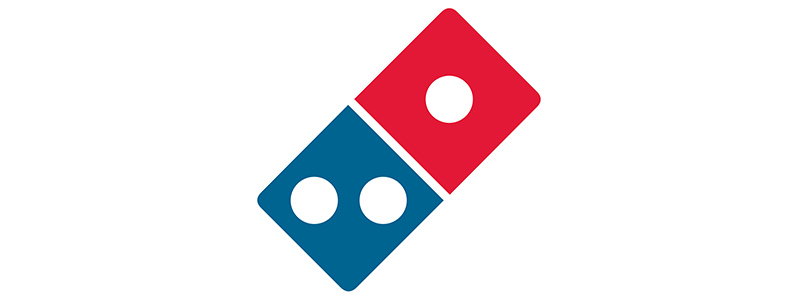
In the bustling landscape of the fast-food industry, Domino’s Pizza stands out—not just for its mouthwatering pies—but for its ingenious use of guerrilla marketing. Domino’s isn’t your run-of-the-mill pizza joint; it’s a brand that can stir up the streets. How so? Through a marketing tactic that’s as creative as it’s cost-effective.
- Domino’s Pizza took the concept of guerrilla marketing to the streets—literally! They used pressure washing with a stencil on dirty sidewalks, a low-cost yet unconventional method to catch the public’s attention.
- Every clean patch of sidewalk carried the unmistakable Domino’s logo, creating a fascinating contrast against the dirt.
- This simple yet effective strategy maximized exposure for Domino’s, making it a shining example of guerrilla marketing.
In a world of noise, Domino’s Pizza turned a simple sidewalk into a canvas of creativity, proving that marketing doesn’t have to be expensive to be memorable. Their approach is a testimony to the power of thinking outside the pizza box.
Colgate
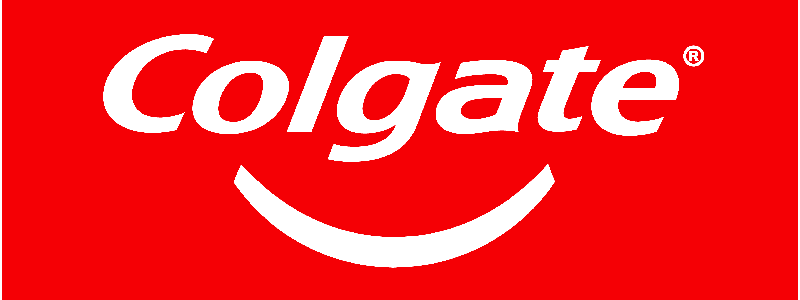
In guerrilla marketing, the toothbrush-shaped Popsicle stick campaign by Colgate reigns supreme. A blend of creativity and subtlety – it brilliantly communicated the importance of oral hygiene to children. Here’s the lowdown:
- Colgate made a splash by introducing Popsicle sticks shaped like toothbrushes.
- These were added to ice creams, and a treat children can’t resist.
- Every lick reminded children to brush their teeth – the message was delivered with a sweet taste.
This innovative approach is a testament to guerrilla marketing’s power. Colgate successfully weaved in a strong call to action within a routine activity. The genius lay in the method – transforming a mundane act into an engaging reminder. This example showcases the essence of guerrilla marketing and how it can be deployed to create memorable and impactful campaigns.
Axe
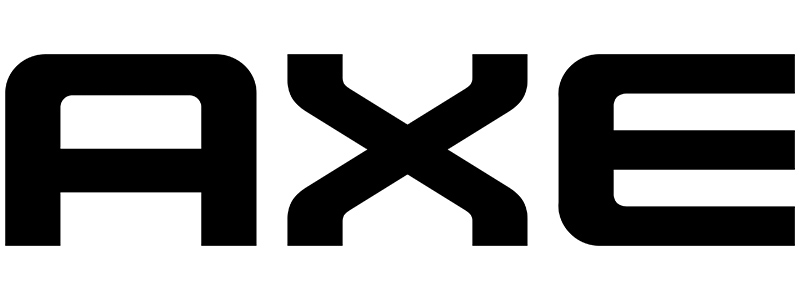
Regarding guerrilla marketing, Axe stands out with a simple yet innovative approach. Here are the key points:
- Axe’s guerrilla marketing strategy brings something ordinary – the exit signs on subways and other common areas – to life. By placing stickers of women chasing men on these signs, they disrupt the monotony of the daily commute and seize attention.
- This clever move not only entertains but also encourages sharing. People find capturing and sharing quirky images with friends amusing, amplifying their reach.
- The campaign effectively communicates Axe’s brand message – their products make you smell good and, thus, attract the opposite sex. This promise is emphasized in a way that is amusing and easy to remember, thanks to the stickers depicting women rushing after guys.
This example illustrates how Axe leverages guerrilla marketing, transforming everyday scenarios into compelling brand narratives. It’s a clever use of unconventional tactics, demonstrating that guerrilla marketing can be a potent tool for creating brand buzz and recognition.
Porsche
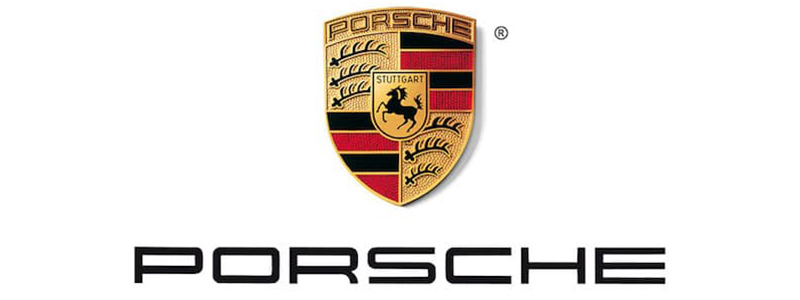
Porsche, an iconic brand in the automotive industry, found itself in the middle of a guerrilla marketing campaign not too long ago. In this instance, guerrilla tactics were used by Nissan to challenge its competition cheekily and daringly. Here’s a quick rundown of the events:
- Nissan launched an aggressive ad campaign targeting German automotive giants, including Porsche.
- Massive outdoor ads featured witty straplines like “The Germans Came Off Wurst” and “Kaisers Chiefed.”
- A UK-wide billboard campaign boasted Nissan’s sports models outperforming rivals in a series of races around the Nürburgring in Germany.
- The crux of the guerrilla marketing campaign unfolded at the Goodwood Festival, where Nissan dressed up several of its sports cars with the logos of BMW, Audi, and Porsche, tallying up their racing victories against them on the Nürburgring.
This bold and unconventional marketing approach sparked a feud, resulting in Porsche executives complaining to Nissan, even threatening legal action for copyright infringement. This example shows how guerrilla marketing can stir the pot and create a buzz, but it also highlights the need for careful execution to avoid legal repercussions.
5 Small Business Examples of Guerrilla Marketing
Energize your small business with the power of guerrilla marketing – an unconventional and highly effective tactic that has proven successful for established and emerging brands. Here are five inspiring examples:
- IHOP to IHOb: The well-known pancake house set the internet ablaze in 2018 when it briefly changed its name to IHOb (International House of Burgers) to promote its full burger menu. This name change was limited to their website and social media, sparking conversation and generating over 5 billion impressions in its first week.
- GoldToe Dresses Statues: GoldToe, the renowned apparel brand, used New York Fashion Week to promote its new line. They created a simple, cost-effective, and eye-catching campaign by outfitting famous New York City statues in their shirts and undergarments.
- Prestige’s Strong Handles: Prestige, a kitchen appliance shop, used the structure of a billboard to emphasize the strong handles of their products, showcasing them as the best feature. This clever use of ambient marketing drew attention to their brand uniquely.
- Dental Posters: A local dental clinic thought outside the box by sticking a tooth-shaped ad onto a telephone pole. This memorable and brilliant example of street guerrilla marketing shows that campaigns don’t need to be extravagant to make an impact.
- Labello Lip Balm’s Kissing Point: Labello took a heartwarming approach by designating spots in train stations for travelers to share a kiss. This simple yet effective campaign encouraged participation and generated engagement with the brand.
These examples demonstrate how guerrilla marketing can amplify your brand recognition and captivate your audience – all without breaking the bank.
Invest in Guerrilla Marketing – Fuel Your Business’s Growth
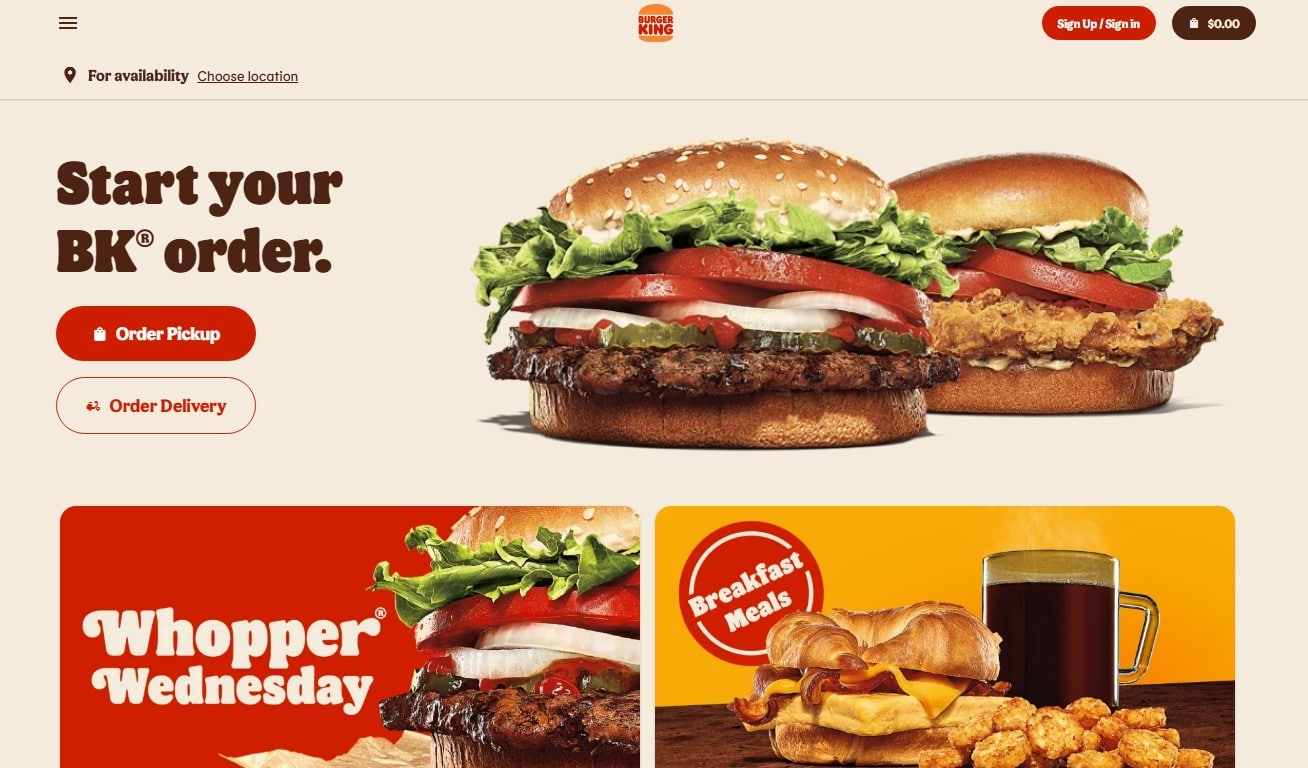
Let’s dive into the high-stakes territory of guerrilla marketing. It’s an inventive, cost-effective strategy that can supercharge your brand’s visibility. Imagination – not budget – leads the way, making it perfect for small businesses or startups aiming to make their mark.
Consider the successful example of Burger King’s “Whopper Detour” campaign. Using geo-targeting technology, they offered 1-cent Whoppers to anyone near a McDonald’s – a sly move that stirred buzz and boosted sales dramatically.
By choosing guerrilla marketing, you’ll be taking advantage of:
- Budget Efficiency: Large advertising budgets are optional. It’s about creativity, surprise, and engagement.
- Brand Awareness: Making a bold statement in a sea of competition can position your brand as innovative and memorable.
- Consumer Engagement: Interacting directly with potential customers creates a strong emotional connection, propelling your brand forward.
Harness the power of this bold strategy to increase your brand’s exposure and create meaningful relationships with your audience. The memorable nature of guerrilla marketing campaigns like the “Whopper Detour” illustrates the significant return on investment achievable through this avenue. Steer your business toward success and make waves in your industry – embrace guerrilla marketing today.
Lessons from Successful Guerrilla Marketing Campaigns – Unpacking the Blueprint
Every successful guerrilla marketing campaign offers valuable insights for marketers, all of which serve as stepping stones to establish a memorable brand. These inventive strategies sometimes outshine traditional marketing efforts, leaving lasting impressions that drive growth.
One striking example is Red Bull’s Stratos campaign. They funded Felix Baumgartner’s supersonic freefall from space, generating huge attention and outstanding returns.
Key takeaways from this and other successful guerrilla marketing efforts include:
- Boldness Pays Off: Audacity grabs attention. Standing out from the crowd can increase brand visibility and consumer recall.
- Emotionally Connect: Tapping into emotions fosters deeper engagement, enhancing brand loyalty and driving conversions.
- Leverage Unexpectedness: Unpredictability can create memorable experiences that prompt shares and discussions.
As a result of these lessons, we see guerrilla marketing as an underutilized gold mine of potential. Brands willing to take risks can often reap massive rewards, carving out a distinct space for themselves in the collective consumer consciousness. Among others, Red Bull’s Stratos campaign encapsulates the essence of guerrilla marketing, demonstrating the immense value of innovation and bravery in a competitive landscape. Break the mold, surprise your audience, and remember – the sky’s the limit!
Bottom Line
Wrapping up our exciting trek through the jungle of guerrilla marketing, we have unearthed a treasure trove of inspiration. These 15 examples have blazed trails, boldly challenging marketing norms and setting benchmarks for creativity. More than a simple showcase, they remind us that boundaries are meant to be expanded, that audacity often reaps the rewards, and that a spark of originality can ignite an unforgettable campaign.
Each case reinforces the power of guerrilla marketing, proving it an invaluable tool for businesses yearning to make a splash and boost their brand recognition.
As we conclude, remember:
- The boldest ideas often have the greatest impact.
- Creativity trumps a big budget in guerrilla marketing.
- Tying your campaign to your brand identity is paramount.
Now that you’re brimming with fresh inspiration, it’s time to take the next step. Implement these lessons and craft your unique guerrilla marketing strategies with Plerdy tools. They are designed to give your team an edge, providing valuable tracking and analytics features to help you measure success.
So, let’s get cracking on your next big marketing win, fueled by the audacity and innovation encapsulated in these 15 shining examples of guerrilla marketing. As always, continue to learn, adapt, and expand your horizons – the rock-solid foundation of any successful marketing campaign. ?
